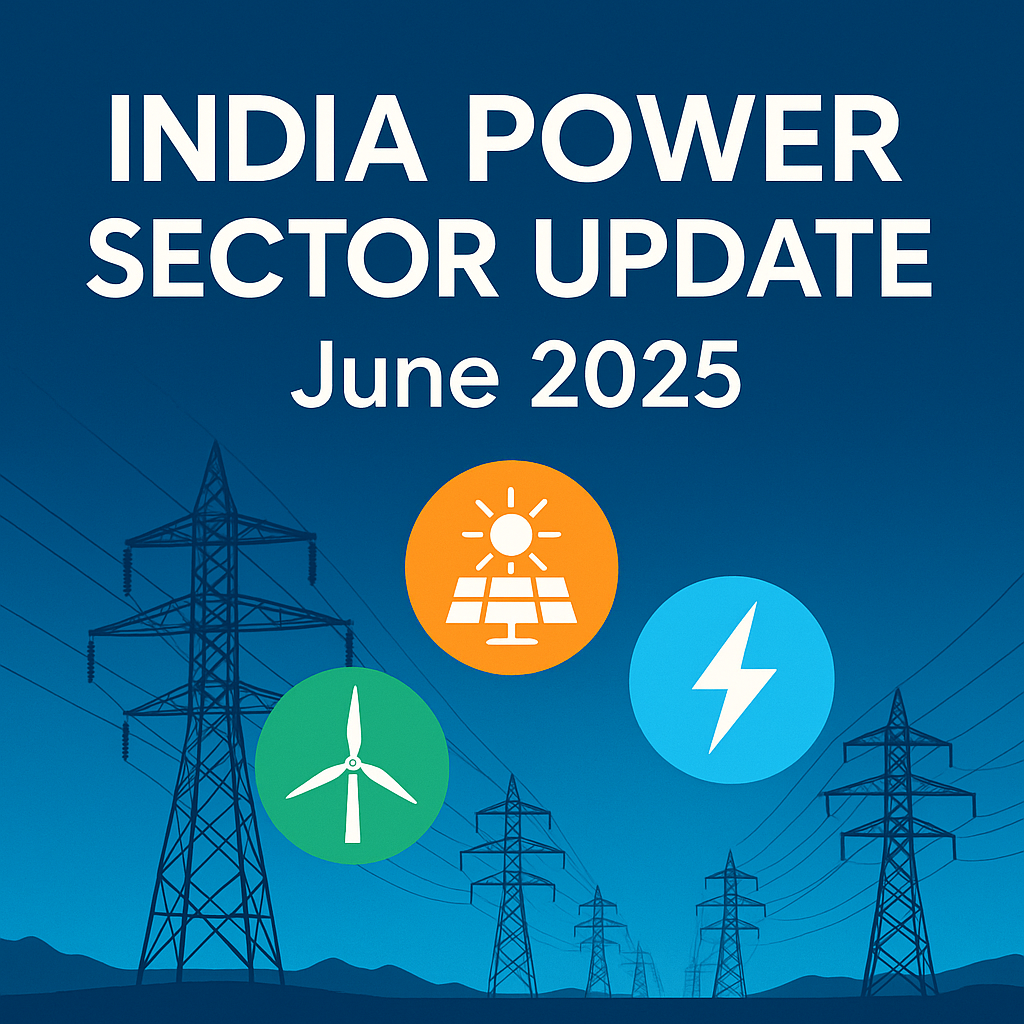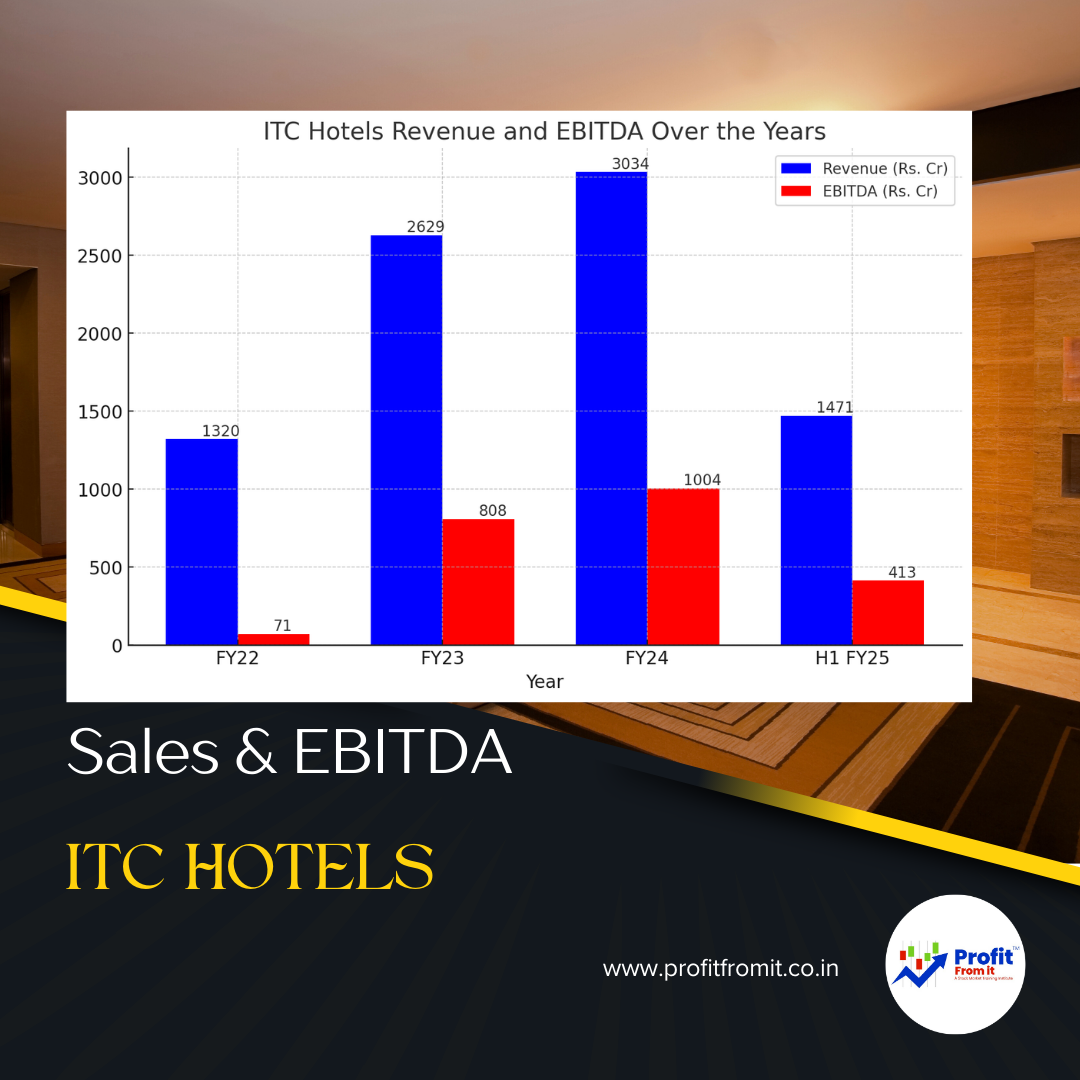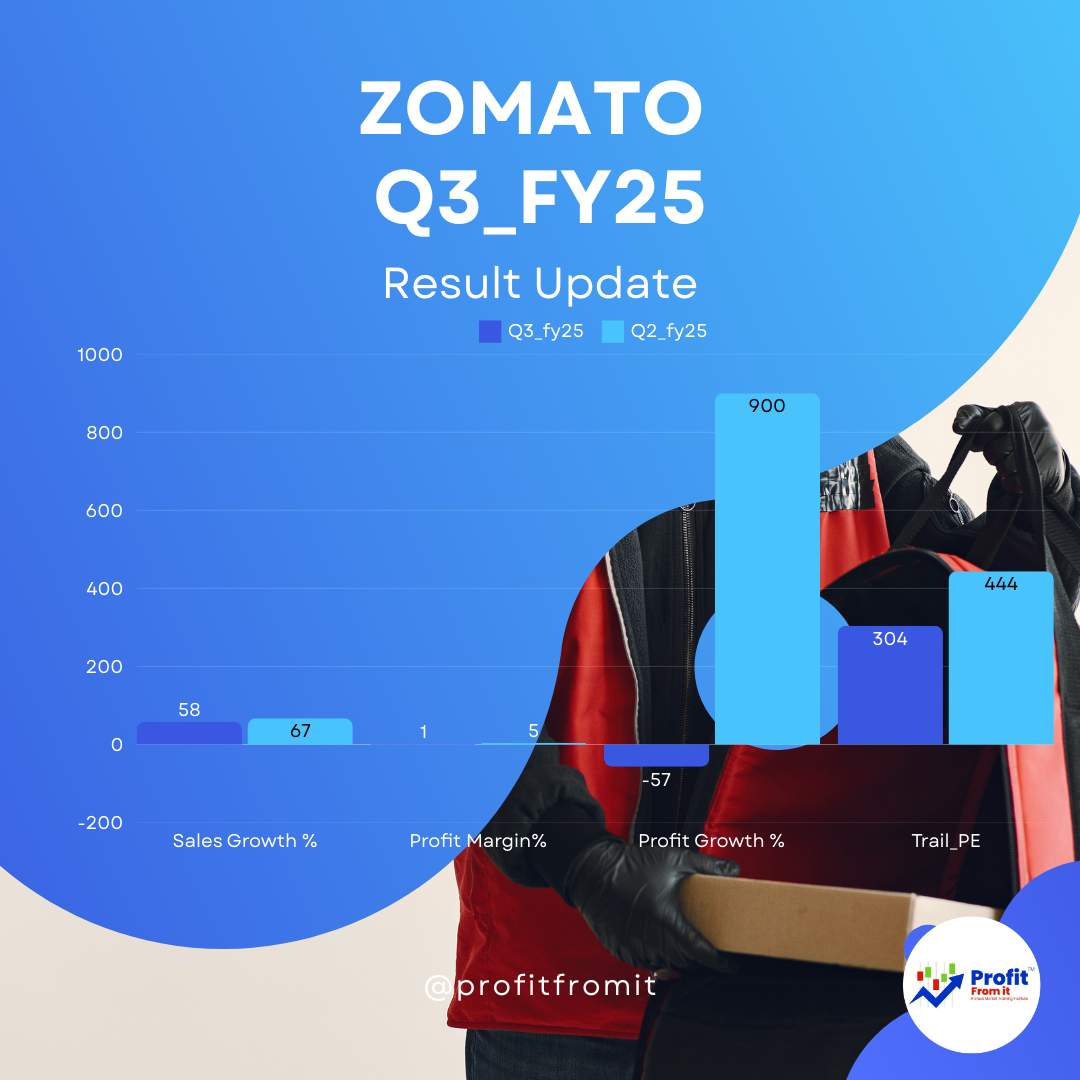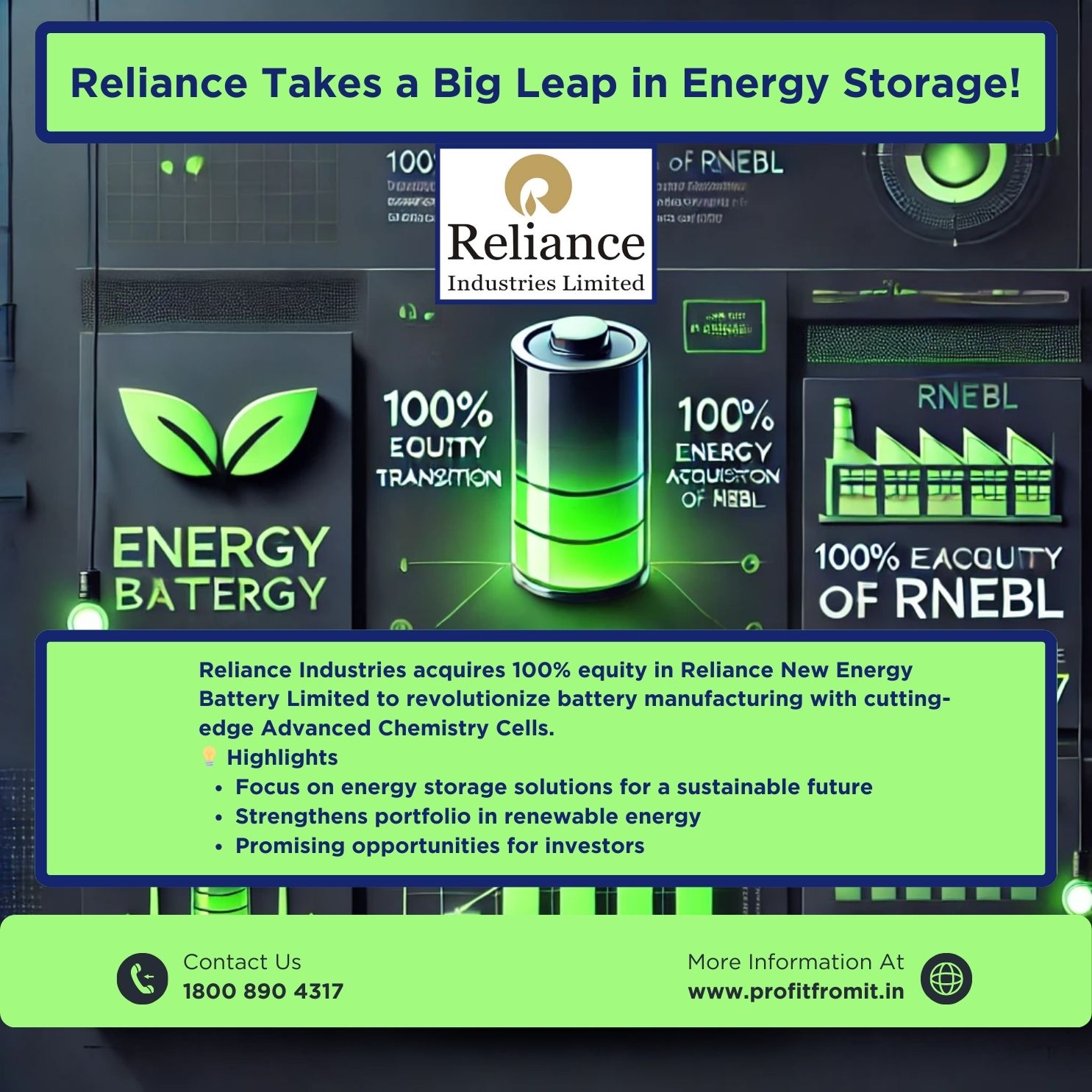
India Power Sector Update – June 2025
Welcome to our comprehensive overview of India’s power sector achievements and outlook. In June 2025, the nation crossed critical thresholds—meeting 241 GW of peak demand with zero shortage and adding a record 34 GW of new generation capacity in FY 24–25. Supported by landmark policy reforms in energy storage, transmission, and land compensation, India is poised for a decade of transformative growth.
Key Milestones
✅ Zero Shortage at 241 GW
Achieved on June 9, 2025, reflecting robust fuel supplies and flexible dispatch.
✅ 34 GW Capacity Addition in FY 24–25
87% from renewables, aligning with the 450 GW non-fossil target by 2030.
✅ 30 GWh Battery Storage Push
New VGF scheme (₹ 5,400 Cr) to attract ₹ 33,000 Cr for grid-scale BESS by 2028.
✅ ISTS Waiver to June 2028
Exempts storage projects from inter-state transmission charges, de-risking investments.
✅ UHV AC Rollout by 2034
Development of nine 1,100 kV lines and ten substations to reduce losses and connect remote renewables.
✅ Enhanced RoW Compensation
Tower-site land now at 200% of market value; corridor compensation at 30%, streamlining project clearances.
✅ Zero Shortage at 241 GW
Achieved on June 9, 2025, reflecting robust fuel supplies and flexible dispatch.
✅ 34 GW Capacity Addition in FY 24–25
87% from renewables, aligning with the 450 GW non-fossil target by 2030.
✅ 30 GWh Battery Storage Push
New VGF scheme (₹ 5,400 Cr) to attract ₹ 33,000 Cr for grid-scale BESS by 2028.
✅ ISTS Waiver to June 2028
Exempts storage projects from inter-state transmission charges, de-risking investments.
✅ UHV AC Rollout by 2034
Development of nine 1,100 kV lines and ten substations to reduce losses and connect remote renewables.
✅ Enhanced RoW Compensation
Tower-site land now at 200% of market value; corridor compensation at 30%, streamlining project clearances.
Sector Impact
Generation
India’s thermal fleet remains the backbone for peak power and grid stability, with 5.17 GW commissioned and 23.16 GW awarded under the SHAKTI coal auctions. Meanwhile, solar projects (e.g., Bikaner 107 MW) and hydro/pumped-storage assets (Tehri PSP 250 MW, Parbati-II 800 MW) are crucial for balancing variable renewables.
Transmission & Grid
The transmission network is set to grow from 4.95 lakh ckm today to 6.48 lakh ckm by 2032, improving redundancy and reducing congestion. New cross-border links (1,700 km with Saudi Arabia and 1,400 km with the UAE) will pave the way for international power trade and regional stability.
Storage & Renewables Integration
Scaling battery energy storage from 13.2 GWh approved to 30 GWh by 2028 will smooth out renewables’ intermittency, create ancillary-services markets, and defer costly transmission upgrades. Pumped-storage projects are expanding rapidly, with 5.4 GW awarded and 10 GW under implementation.
Distribution & Efficiency
Smart-meter deployment is accelerating, with 19.8 Cr meters sanctioned and 2 Cr already installed under RDSS. This is driving AT&C losses down from 22% to 16% and reducing unrecovered costs to ₹ 0.19/unit. Rural electrification continues apace, adding 13.6 L households and ensuring 3–15 day connection timelines.
Top Companies to Watch
Thermal Generation: NTPC, Tata Power, Adani Power
Renewables & Solar: Adani Green, JSW Energy, REC , IREDA , Waaree Renewable
Battery Storage: L&T, Tata Power, Exide Industries, Amara Raja
Transmission: Power Grid Corporation, PGCIL
Hydro & PSP: NHPC, SJVN
Distribution: Tata Power-DDL, BSES Yamuna
Grid Technology & Cybersecurity: Siemens India, ABB, CPRI
Digital Infrastructure & IoT: Reliance Jio
Energy Efficiency: Schneider Electric, Honeywell India
EV Charging: Tata Power EZ, Fortum India
Thermal Generation: NTPC, Tata Power, Adani Power
Renewables & Solar: Adani Green, JSW Energy, REC , IREDA , Waaree Renewable
Battery Storage: L&T, Tata Power, Exide Industries, Amara Raja
Transmission: Power Grid Corporation, PGCIL
Hydro & PSP: NHPC, SJVN
Distribution: Tata Power-DDL, BSES Yamuna
Grid Technology & Cybersecurity: Siemens India, ABB, CPRI
Digital Infrastructure & IoT: Reliance Jio
Energy Efficiency: Schneider Electric, Honeywell India
EV Charging: Tata Power EZ, Fortum India
Long-Term Trends
🔄 Grid Modernization: UHV AC lines and OSOWOG interconnects will unlock renewable-rich regions.
🔋 Energy-Storage Expansion: A booming BESS market (30 GWh by 2028) and 10 GW of pumped-storage.
📜 Policy Evolution: Strengthening coal-auction frameworks, land-compensation guidelines, and transmission-waiver schemes.
♻️ Decarbonization Initiatives: Rising renewable purchase obligations and the launch of India’s Carbon Market.
🔒 Digitalization & Cybersecurity: Expansion of CSIRT-Power, AI-driven grid analytics, and OT network protection.
🔄 Grid Modernization: UHV AC lines and OSOWOG interconnects will unlock renewable-rich regions.
🔋 Energy-Storage Expansion: A booming BESS market (30 GWh by 2028) and 10 GW of pumped-storage.
📜 Policy Evolution: Strengthening coal-auction frameworks, land-compensation guidelines, and transmission-waiver schemes.
♻️ Decarbonization Initiatives: Rising renewable purchase obligations and the launch of India’s Carbon Market.
🔒 Digitalization & Cybersecurity: Expansion of CSIRT-Power, AI-driven grid analytics, and OT network protection.
Disclaimer
⚠️ This content is for educational purposes only and does not constitute financial advice. Investors should conduct their own research before making investment decisions.



 for Investors The provided chart outlines key metrics for Nifty 500 companies across different periods (FY22 t.png)





